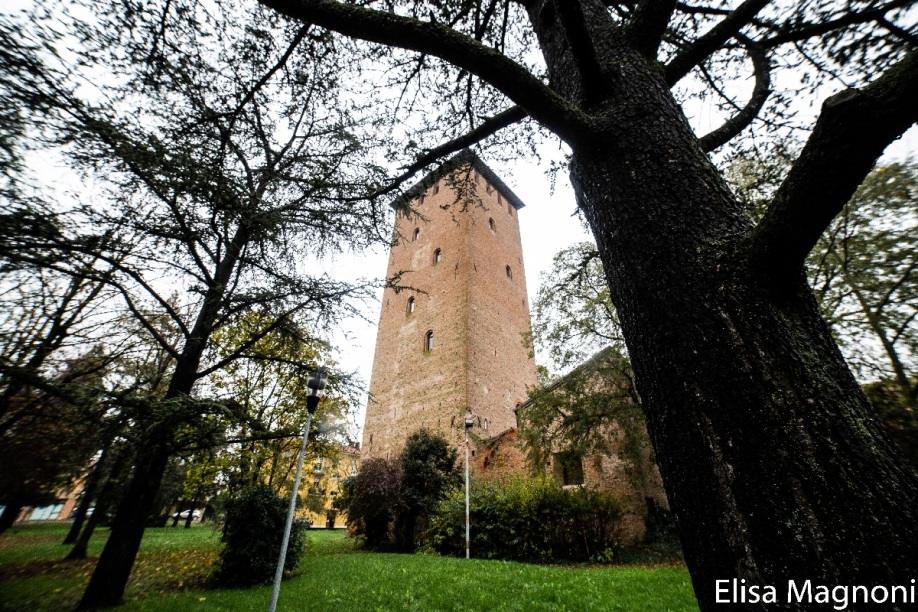NONANTOLA MUSEUM
MUSEO DI NONANTOLA – TORRE DEI BOLOGNESI
The Museum is set up in the fourteenth-century “Torre dei Bolognesi” (Bolognesi Tower) and traces the history of Nonantola from the contemporary age to Prehistory through a backward journey marked on four steps, by using archaeological photographic and documentary sources.
The story, developing into the museum, has three strongly intertwined main strands: the transformation of the agricultural landscape that characterizes the territory, the evolution of the village and the community development.
On the ground floor is settled the exhibition named “The Jewish children of Villa Emma in Nonantola: 1942 -1943”, back here after the earthquake of 2012. The exhibition, edited by the German historian Klaus Voigt, tells about an important fact related to the 2nd World War that involved the community of Nonantola in the rescue of 73 Jewish children.
The first floor tells the story of Nonantola from the 20s of the twentieth century until today; thanks to the use of photographic and documentary sources the milestones of the last century of our history can be easily recalled.On this floor is deeply explained the period related to the anti-fascism and the fighting opposition where emerge some relevant figures such as Don Arrigo Beccari and Giuseppe Moreali, who played an important role in the affair of the ” The Jewish children of Villa Emma”: in a showcase it is exposed the “Righteous among the Nations” medal, that both of the two heroes received by the State of Israel for their efforts on behalf of persecuted and discriminated Jews, and in general of people discriminated from nazi-fascism.
The second floor traces back the nineteenth century and highlights the deep changes happened in the agricultural landscape; an area of particular importance is dedicated to the evolution of Agrarian Partecipanza of Nonantola (the non-profit organization arising from a legacy of the Middle Ages).
The third floor shows the broad historical period between 1700 and 1000, focusing on the evolution of the village of Nonantola starting from its birth around the Monastery of San Silvestro, founded in 752 by the Lombard duke Anselmo. In this area are exposed the statutes of the City of Nonantola dated 1419, which govern the civil and criminal aspects of the community and mark the official birth of the City.
Relevant attention is given to two burials that were discovered on the Nonantola area: the clay-brick tomb of a monk of Nonantola Abbey, and that of a little boy found on a grave within the cemetery of Piazza Liberazione.
The fourth floor presents the ancient period of the history of Nonantola and its territory, from the Bronze to the Roman Age, through a wide range of finds discovered in the local area.
Among the most important objects, those from Terramara of Redù emerge, among which the “Lamina Aurea” stands out: this is a gold leaf disc decorated with embossed and punch technique with circular decorations/themes.
Last, but not least, on the view point of the museum you can appreciate a marvellous lookout, thanks to the 360° scenic view of the town of Nonantola and its territory.
Entrance: Via del Macello and Via Marconi 11, Perla Verde garden.
Admission: free
Opening times: 9.30 -12.30 a.m. / 3.30 – 6.30 p.m., Saturday, Sunday from and holidays
To reserve a group tour call 059/896656
Upper floors are not accessible for wheelchair, due to that on the ground floor a virtual tour of the museum has been set up.
Information:
Tel: 059/896656
Mail: This email address is being protected from spambots. You need JavaScript enabled to view it.
Website: https://www.museodinonantola.it/contenuto/luoghi/museo.ashx
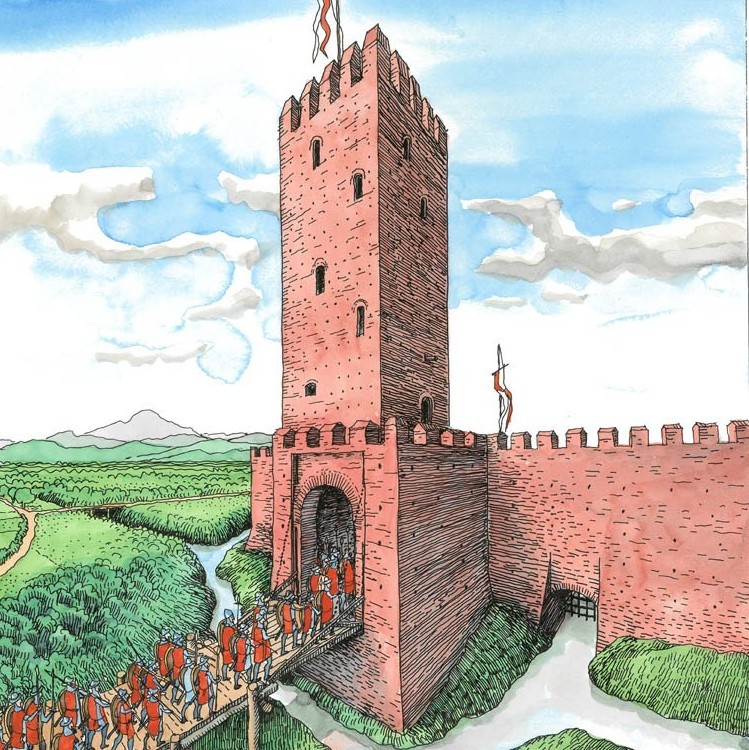 La Torre dei Bolognesi (Museo di Nonantola) dal parco Moreali
La Torre dei Bolognesi (Museo di Nonantola) dal parco Moreali
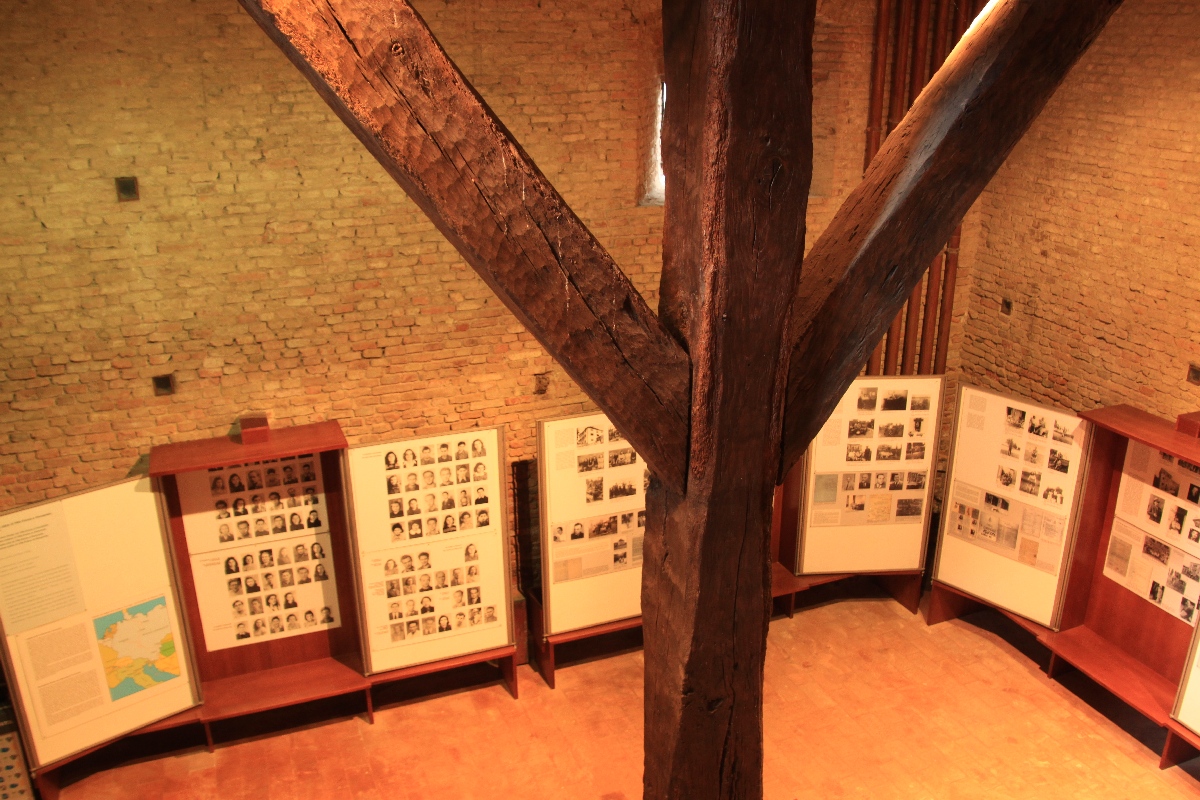 La mostra "I ragazzi Ebrei di villa Emma" esposta al piano terra
La mostra "I ragazzi Ebrei di villa Emma" esposta al piano terra
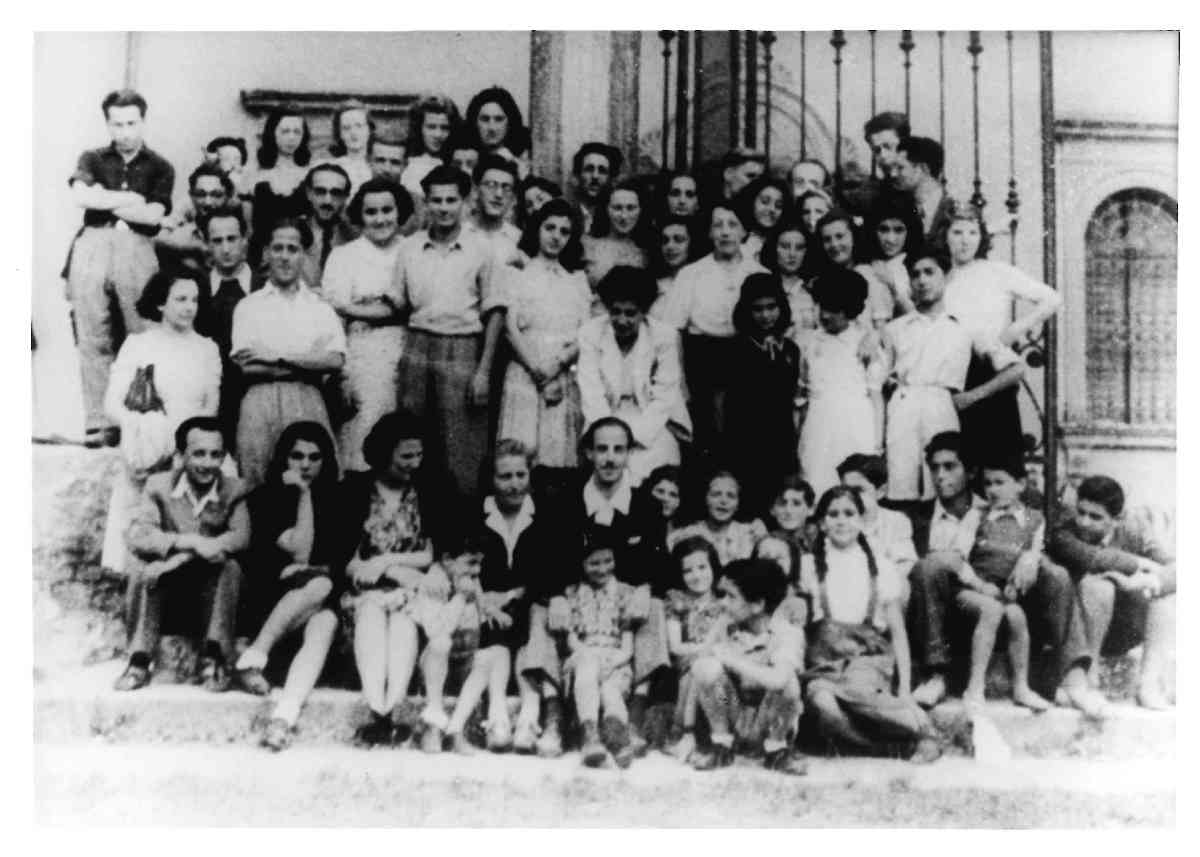 I ragazzi Ebrei di villa Emma
I ragazzi Ebrei di villa Emma
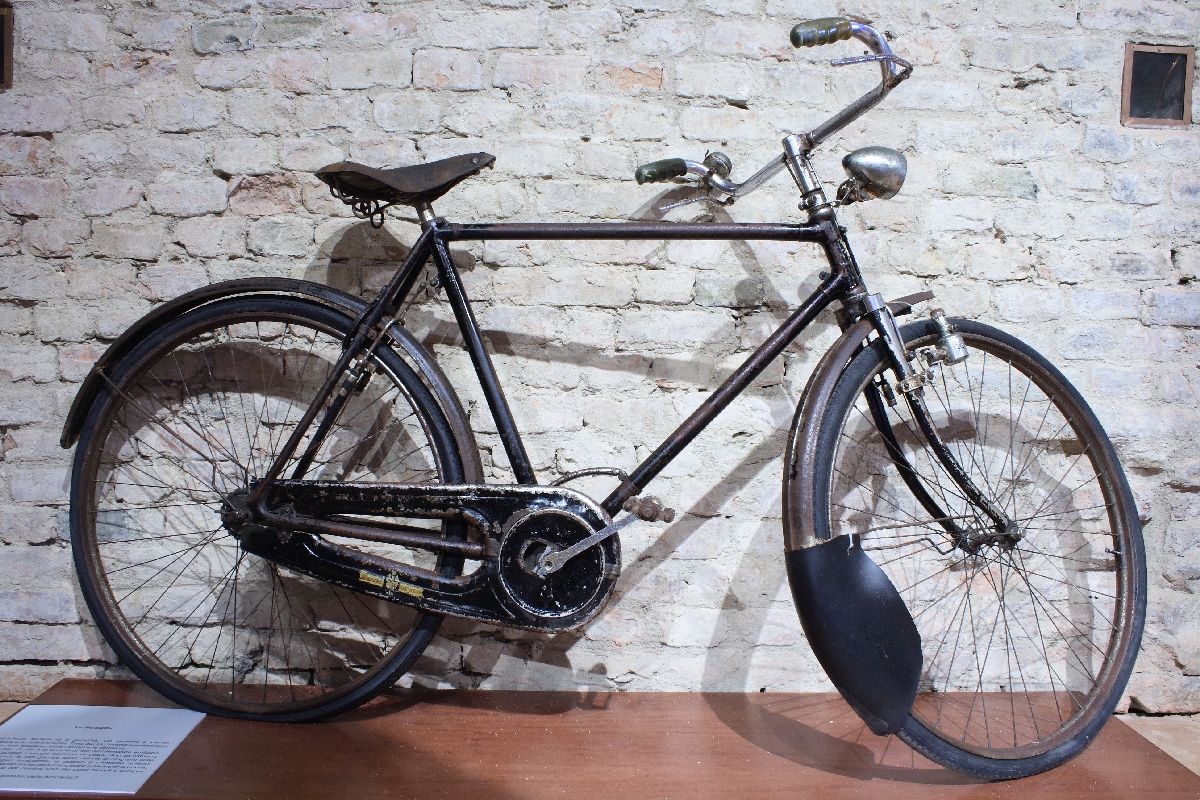 La bicicletta: il mezzo di locomozione più utilizzato all'inizio del ‘900 nelle nostre pianure
La bicicletta: il mezzo di locomozione più utilizzato all'inizio del ‘900 nelle nostre pianure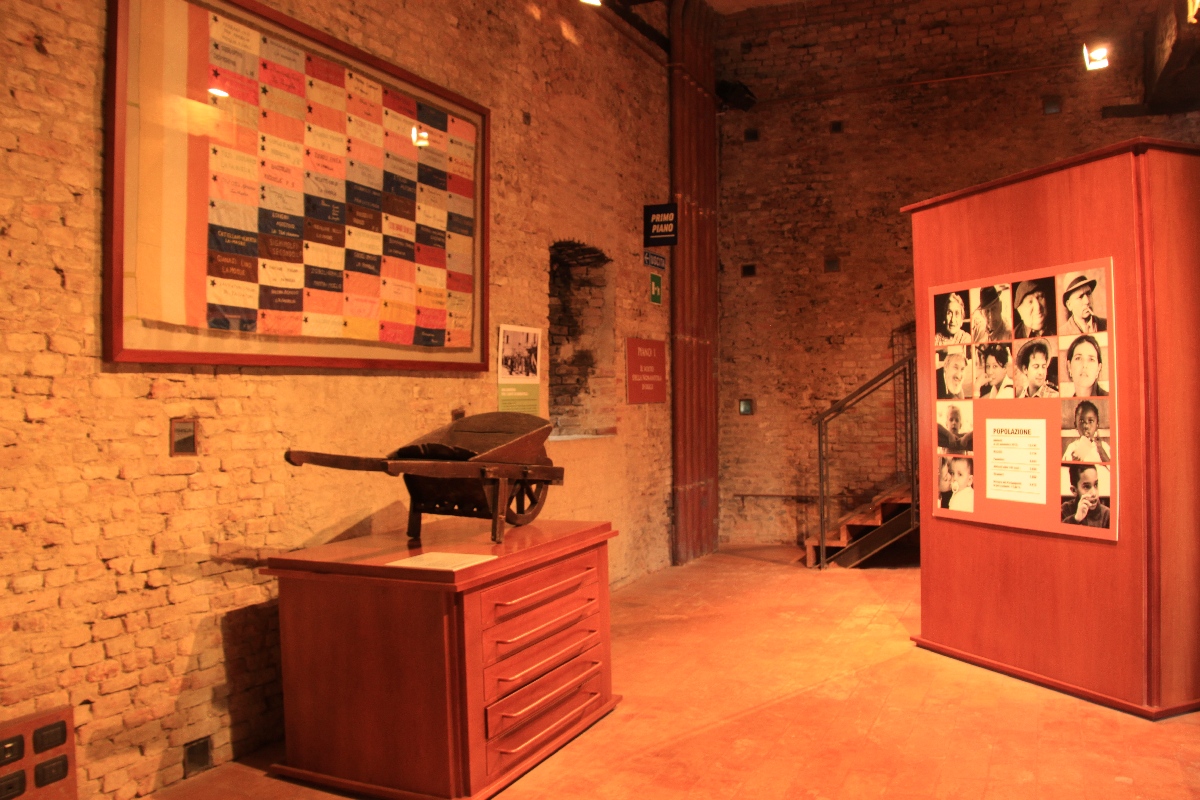 La carriola utilizzata per le bonifiche e la bandiera della pace dedicata ai caduti di Nonantola durante la Seconda Guerra Mondiale
La carriola utilizzata per le bonifiche e la bandiera della pace dedicata ai caduti di Nonantola durante la Seconda Guerra Mondiale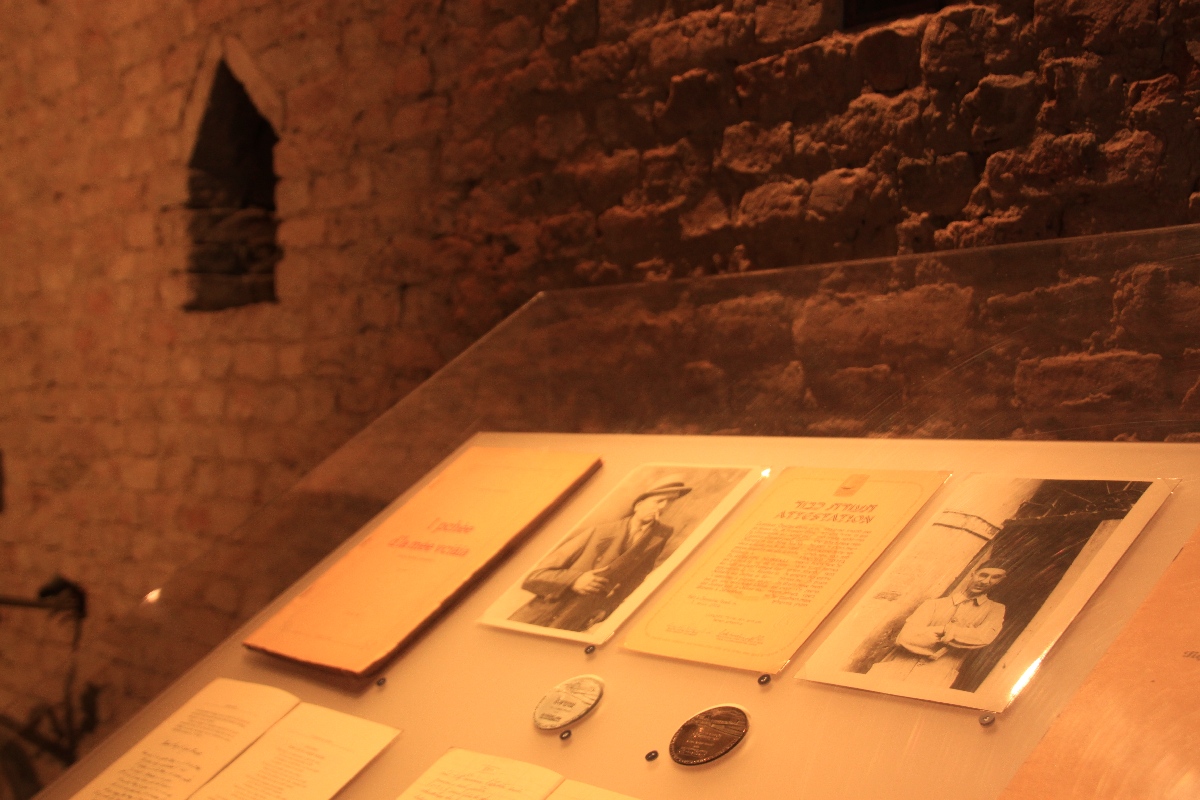 La vetrina dedicata a Don Arrigo Beccari e al Dott. Giuseppe Moreali, Giusti tra le Nazioni
La vetrina dedicata a Don Arrigo Beccari e al Dott. Giuseppe Moreali, Giusti tra le Nazioni
 Telaio per la lavorazione della canapa
Telaio per la lavorazione della canapa I pannelli libro che illustrano i cambiamenti del borgo nel XIX secolo e la storia della Partecipanza Agraria
I pannelli libro che illustrano i cambiamenti del borgo nel XIX secolo e la storia della Partecipanza Agraria
 Plastico della torre dei Bolognesi nel XIV secolo
Plastico della torre dei Bolognesi nel XIV secolo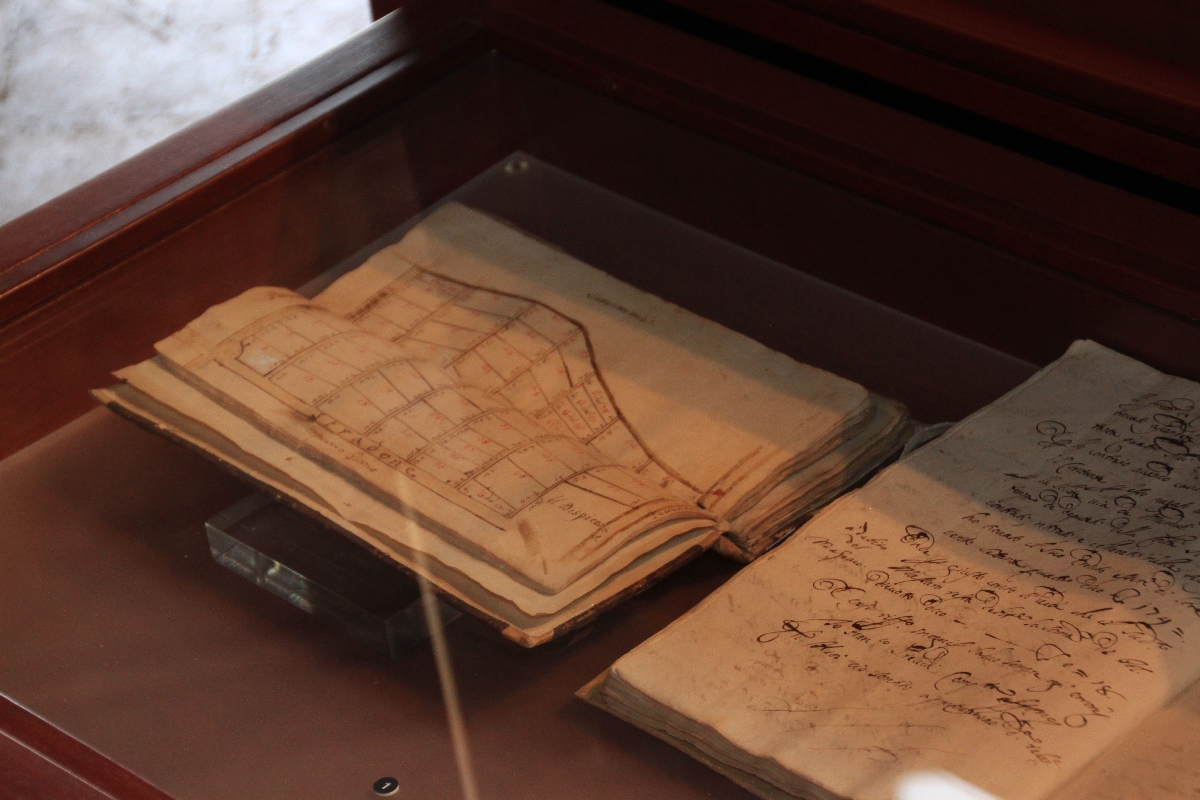 Particolare dei documenti dell’Archivio Storico del Comune di Nonantola esposti all'interno delle cassettiere
Particolare dei documenti dell’Archivio Storico del Comune di Nonantola esposti all'interno delle cassettiere

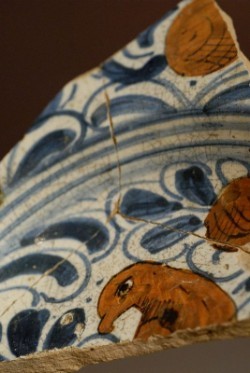
Reperti archeologici rinvenuti durante lo scavo della Torre dei Modenesi
 La sezione dedicata allo scavo archeologico di piazza Liberazione con i plastici ricostruttivi della chiesa di San Lorenzo
La sezione dedicata allo scavo archeologico di piazza Liberazione con i plastici ricostruttivi della chiesa di San Lorenzo
 La sezione dedicata all’archeologia funeraria con le tombe di XI secolo del monaco rivenuto in abbazia e del bambino di piazza Liberazione
La sezione dedicata all’archeologia funeraria con le tombe di XI secolo del monaco rivenuto in abbazia e del bambino di piazza Liberazione
 Le ricostruzioni delle trasformazioni avvenute nel borgo tra alto e basso medioevo: dalla fondazione dell’abbazia al XV secolo
Le ricostruzioni delle trasformazioni avvenute nel borgo tra alto e basso medioevo: dalla fondazione dell’abbazia al XV secolo
 La vetrina centrale dedicata ai reperti archeologici di epoca romana e dell’età del Bronzo
La vetrina centrale dedicata ai reperti archeologici di epoca romana e dell’età del Bronzo

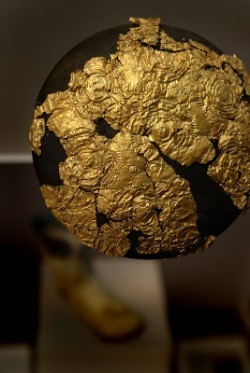 La Lamina Aurea di Redù (XVII-XIII secolo a.C.)
La Lamina Aurea di Redù (XVII-XIII secolo a.C.)

 Reperti di epoca romana (I secolo a.C. –V d.C.)
Reperti di epoca romana (I secolo a.C. –V d.C.)
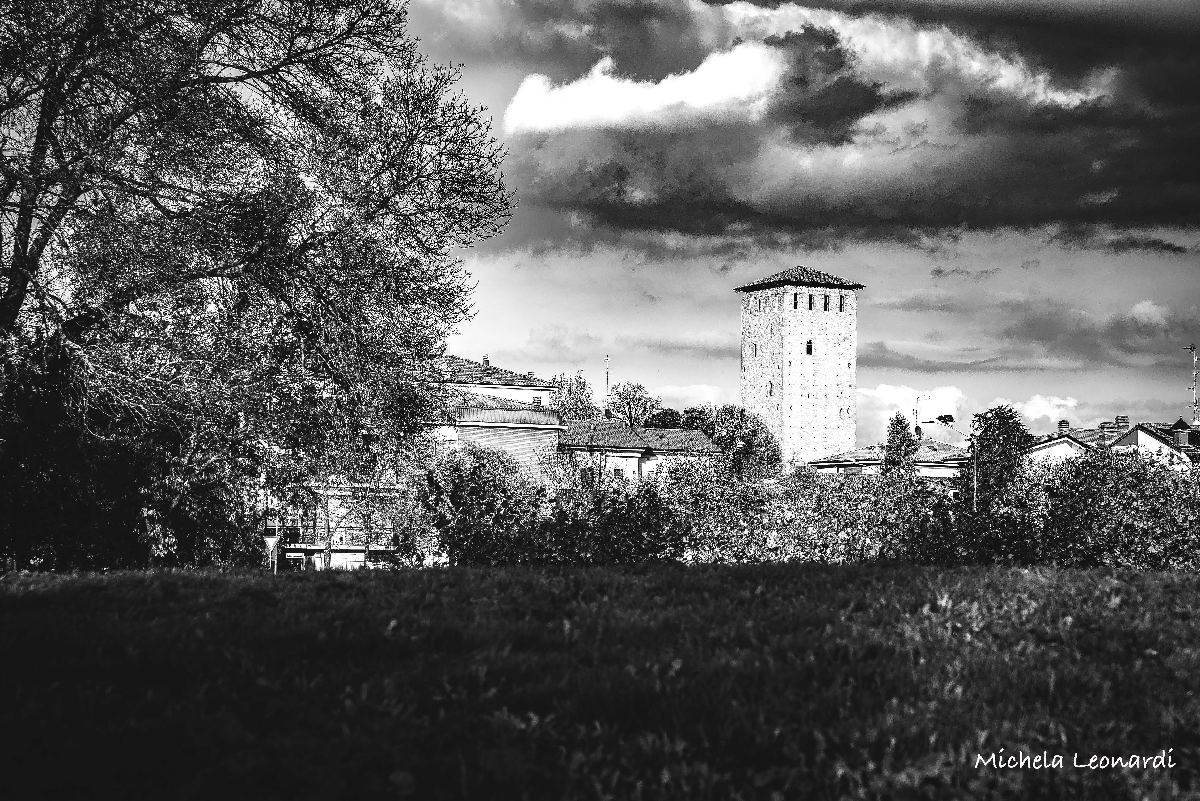
Error

